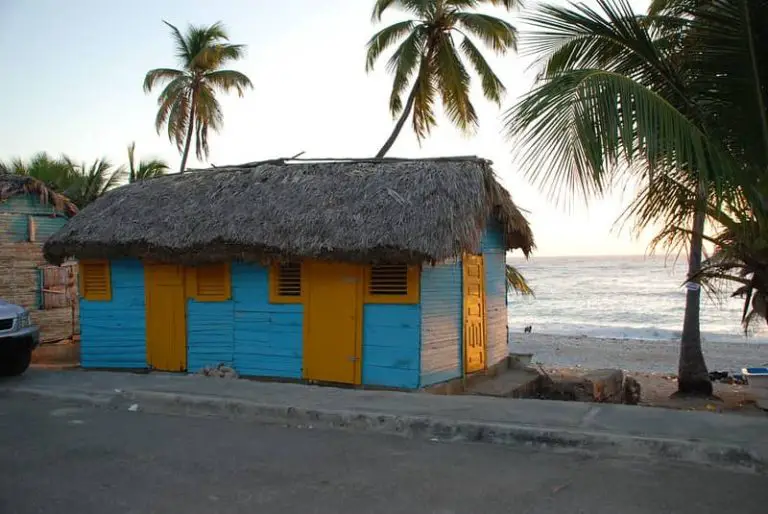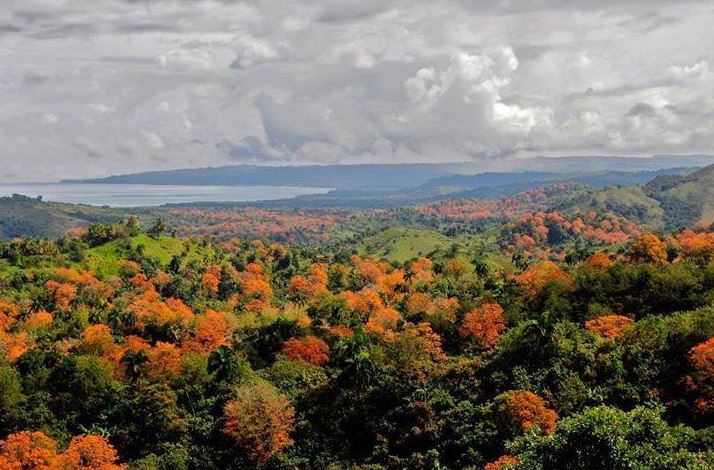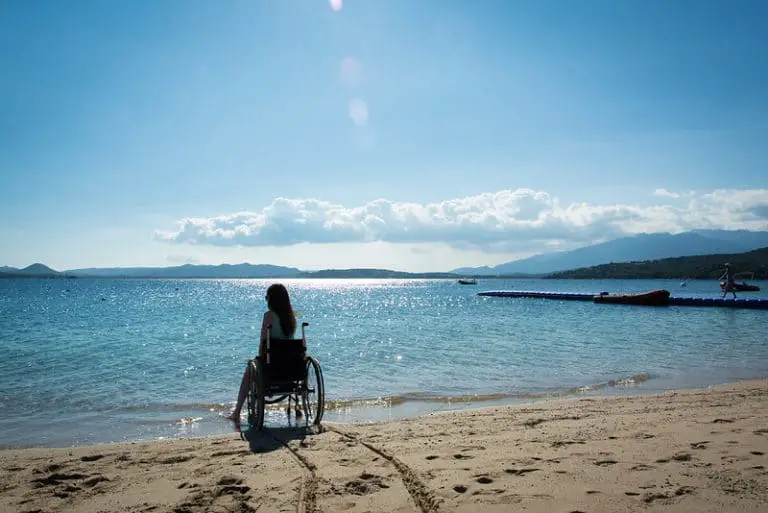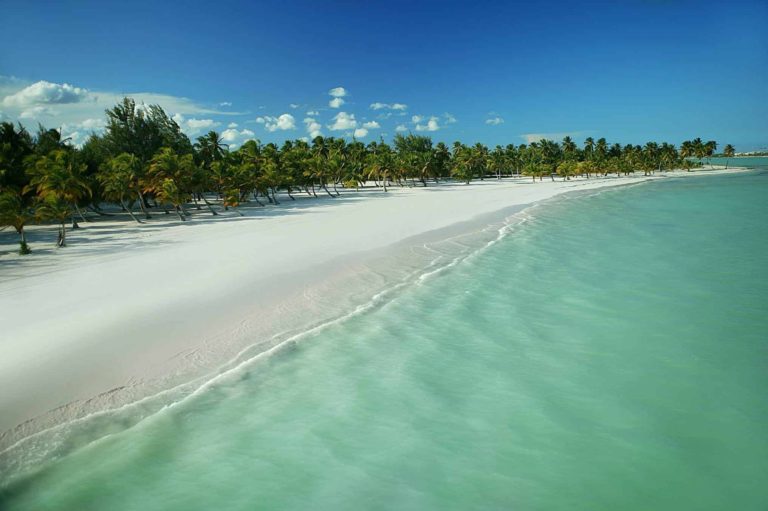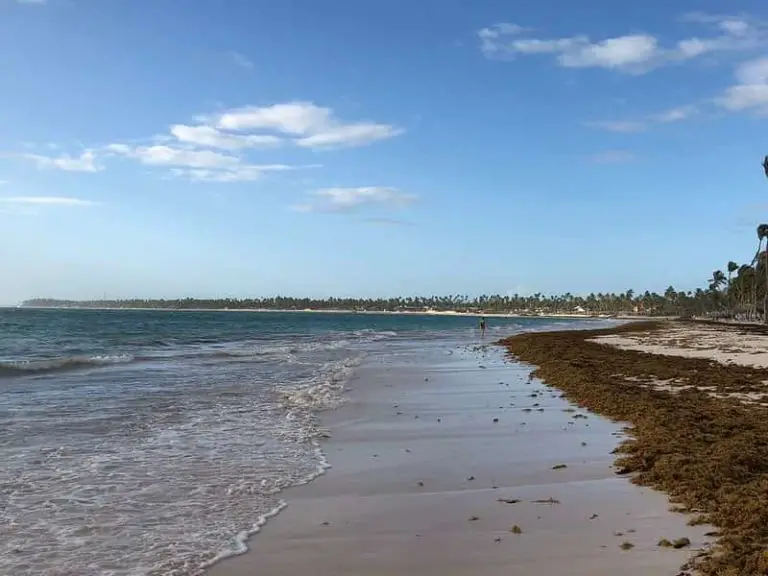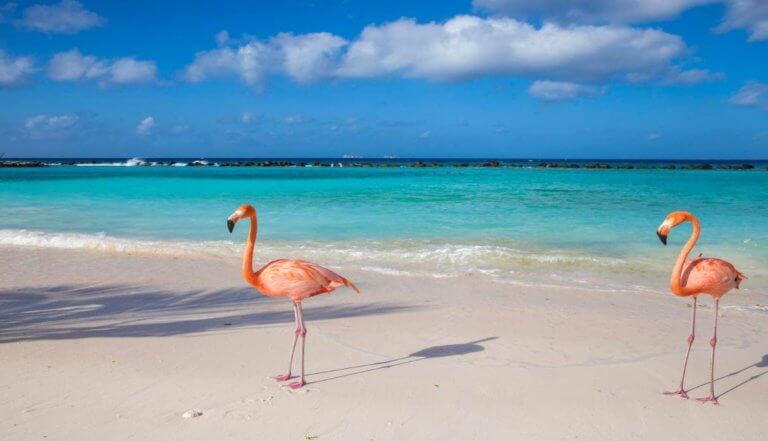Hidden Gems That Are a Trend In The Dominican Republic
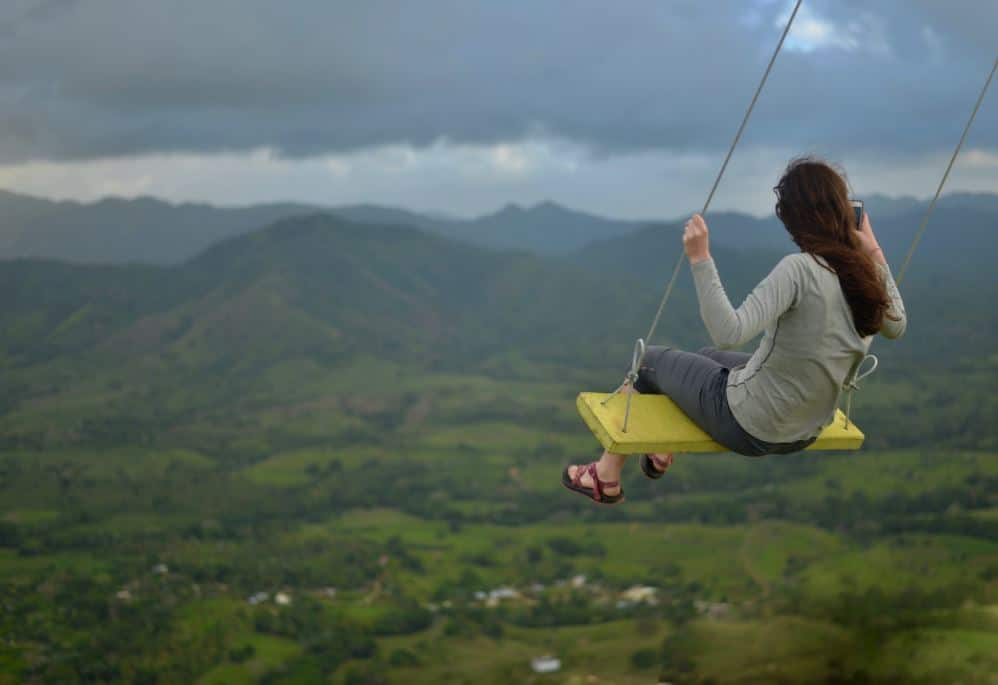
The Dominican Republic is full of hidden places, overflowing with beaches and sand, spas, waterfalls and rivers, mountains and forests, a conglomerate of natural wealth that attracts thousands of people depending on the season of the year.
Lately some ecotourism spots that did not even appear on Google Maps are a trend. They were not even well known and in a matter of months they became popular. Montaña Redonda, located in Miches, is one of those places that became famous for the 360 degree view from the top, with nothing to interrupt your appreciation.
This has been an ecotourism concept for about 18 years, but due to the construction of the new Eastern Highway, access to the place became easier. Now it is inevitable to go without taking pictures in the famous swing that a group of Russians invented.
Although the rise of this trend came about because a few visitors influenced others by the enviable photos that caused impact, some entities have promoted their visit, and like this place, others awakened interest.
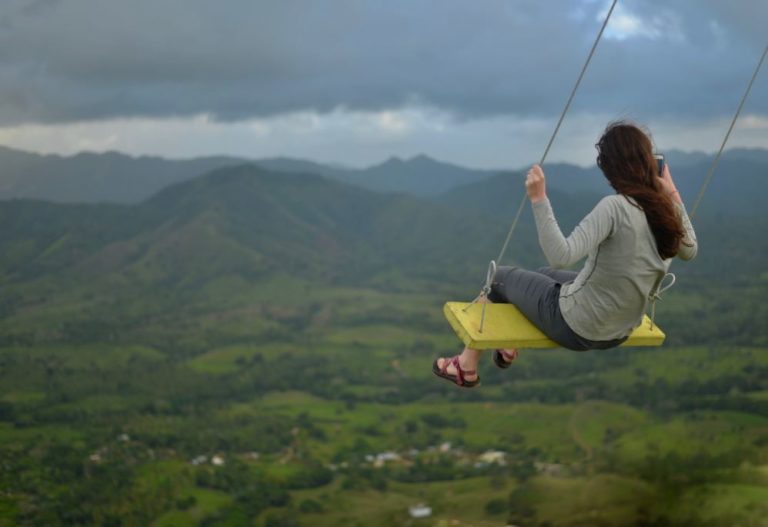
Contents
Ecotourism seasons in the Dominican Republic
As every year, thousands of people join the hiking tours to Valle del Tetero, Valle de Bao and as a goal, the top of the Caribbean, which is Pico Duarte, at an altitude of 3,090 meters above sea level and based in San Juan, but the main access routes are between Santiago and La Vega.
These visits begin in early December and continue through the end of February in the José Armando Bermúdez National Park, which attracted more than 4,437 visitors in 2016 (755 foreigners and 3,682 Dominicans), according to data from the Dominican Republic’s Ministry of the Environment.
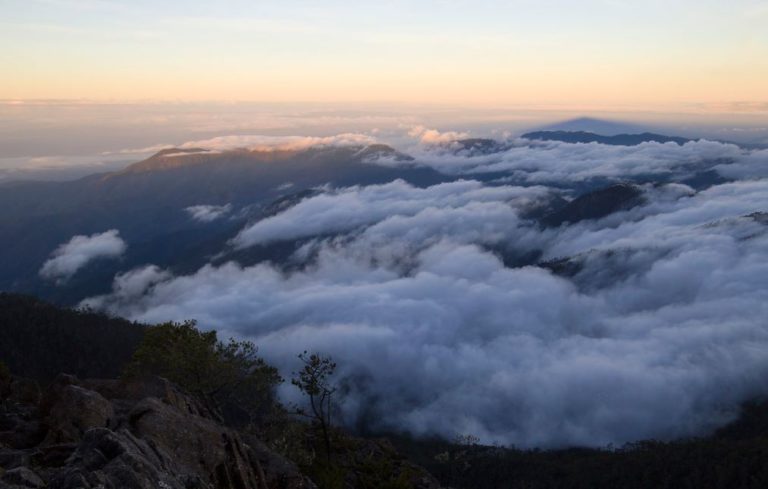
In the same season, the cold months are used to go to the center of the island, in the Juan Bautista Perez Rancier National Park (Valle Nuevo, between Constanza and San Jose de Ocoa), also is one of the most unleashed activities of the whole year.
Because the island’s geographic position is in the northern hemisphere, the weather stations begin to get a little warmer in mid-February. It is at the beginning of March that spring begins, the season for whale watching off the coast of the Samaná peninsula, although the Ministry of the Environment usually starts the season in mid-February.
In summer, ecotourism lovers move around the four cardinal points in search of the less traveled coasts.
According to the Dominican Coast application of the Banco Popular, there are more than 200 beaches in the country. Among the favorites are Playa Rincón (one of the few beaches where you can camp in the country), Playa Frontón, Playa El Valle and Las Galeras, all located on the peninsula of Samaná.
One of the things that make the beaches of Samaná so impressive are the mountainous landscapes and the cliffs that accompany them in the background. When you are in one of these beaches you realize that the Dominican Republic has nothing to envy to places like Thailand or Hawaii, which are famous for their beautiful beaches.
You can’t leave aside Bahia de las Aguilas, the only disadvantage is its distance, since it is located in the deep south of the country, but it should definitely be among the best beaches in the whole country.
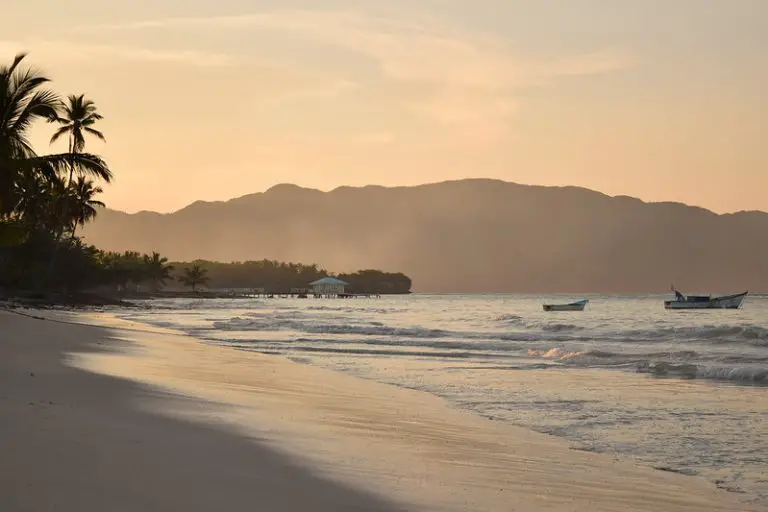
Other beaches that are also being visited are Punta Cana, especially Macao and Playa Blanca, Eco del Mar (in Cabo Rojo), Pedernales and La Ensenada in Puerto Plata.
Even in autumn people continue to visit other water places, such as rivers and spas, at least until the months of November and December, when excursions to Jarabacoa and Constanza are more frequent.
Hidden Gems In The Dominican Republic
Years ago the Dudú and Gri Grí lagoons, located in the province of María Trinidad Sánchez, were known, as well as the 27 Puddles of Damajagua, but other points have emerged that make a dent in them.
One of them is Hoyo Azul, located in Punta Cana. This is inside a cave that to be able to appreciate the crystalline water that it keeps, it is necessary to cross it by an ecological stairway that allows to visualize the depth of the place.
The Ojos Indigenas Ecological Reserve is another forest hideout to escape the bustle of the city. It has twelve fresh water lagoons, but in only three guests can swim and this one belongs to the Puntacana Ecological Foundation.
Monte Plata also has its potential for ecotourism, with several waterfalls such as Salto Alto, Salto Socoa, and a little further away Laguna Cristal.
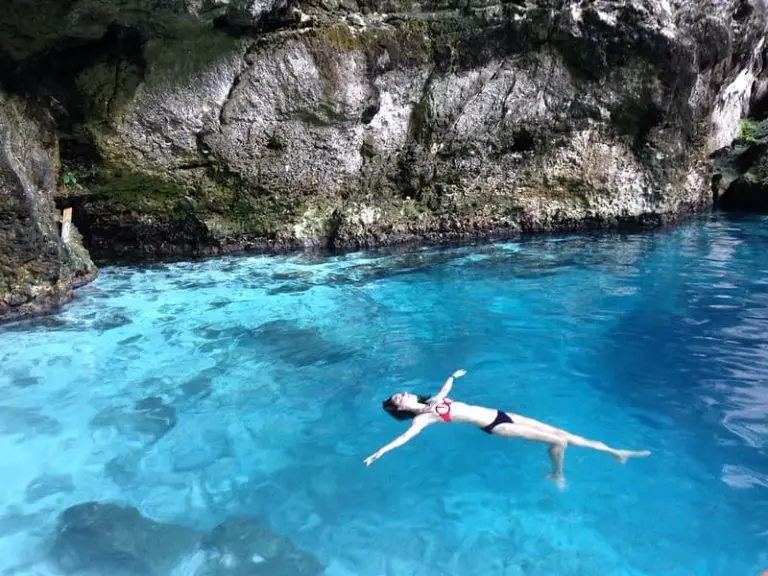
Some statistics of the visits to ecotourism places
The provincial directorate of the Ministry of the Environment in Puerto Plata reported that some 350,000 hikers visited the protected areas of that province last year. Carlos Finke, provincial director of that entity, pointed out a few weeks ago that 70% of the visitors were foreigners.
The statistics of the entity indicate that the Natural Monument Loma Isabel de Torres, (the Cable Car) was visited by 202,200 tourists, followed by the Natural Monument Saltos de Damajagua with 80,038 visitors.
Other areas that registered a large number of visitors were the Marine Mammal Sanctuary of Estero Hondo and the islet of Cayo Arena (whose real name is Cayo Paraíso), received about 60,315 visits, while the Natural Monument Laguna Cabarete y Goleta received 2,467 hikers.
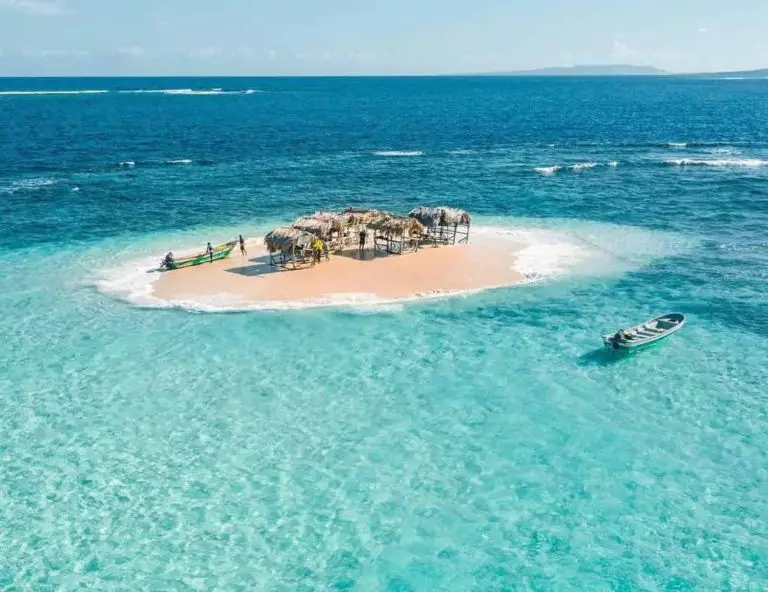
Cayo Arena in the Dominican Republic
This fist of sand is one of the most popular islets surrounding the island. It is located about 100 kilometers from Puerto Plata, the Bride of the Atlantic.
According to data from the provincial management of the Ministry of the Environment in Puerto Plata, this one, next to the Sanctuary of Marine Mammals of Estero Hondo received more than 60 thousand visitors.
To reach the place it is necessary to board a boat in Punta Rucia, where a few fishermen offer transportation service that includes manatee watching.
On the cay are located small huts covered with palms, which serve as a refuge for visitors who come to take a bath for a few hours in the natural pool with little depth. The islet is part of the Montecristi National Park although it is located in Puerto Plata.
Top 5 most frequent ecotourism activities in the Dominican Republic
Buggies. The extreme off-road rides in buggies are one of the most popular activities for national ecotourists going to Macao beach, located in Punta Cana.
Zip Lines. Sliding on a rope over mountains until falling into the water has attracted the lovers of domestic tourism to hidden areas of Samaná like the Dominican Three House Village and the Dudú Lagoon.
Hiking. Camping and climbing hills and mountains is another popular attraction at the end and beginning of the year. It is often practiced in Pico Duarte, Monte Plata and other high geographical points.
Rafting. Dominicans like to run down the Yaque del Norte river in Jarabacoa, whose waters are fresh all year round. Their favorite medium is kayaking and inflatable rafts.
Camping. Camping in Bahia de las Aguilas, in the Galleys of Samana, Valle Nuevo and La Cienaga de Manabao are the points of greatest concentration of tents at the beginning and end of the year.
source: el dinero.com.do

